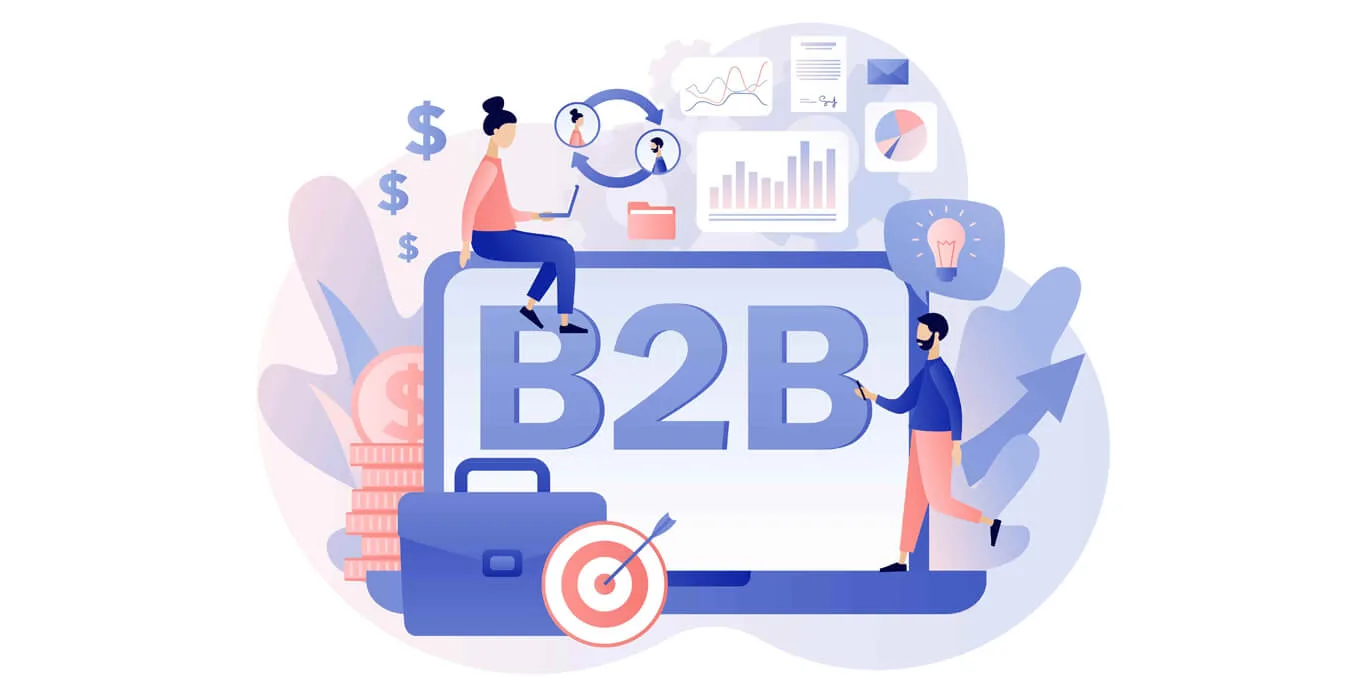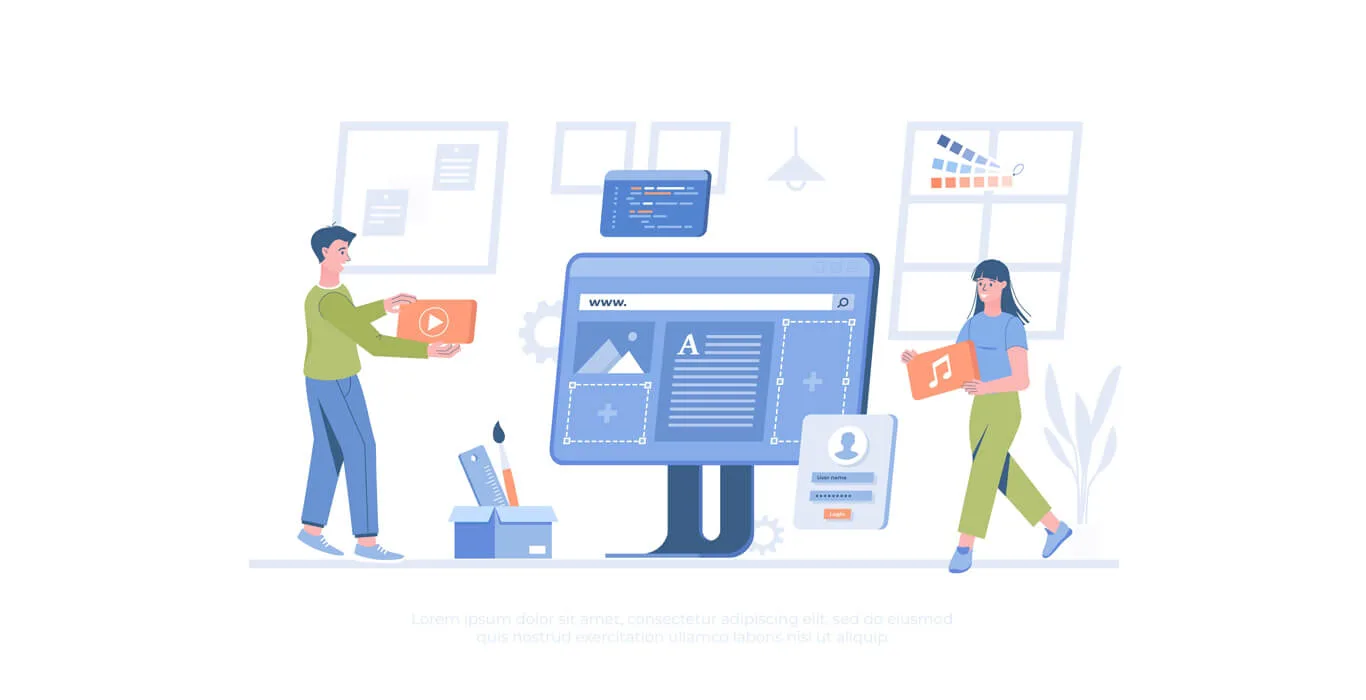|
Getting your Trinity Audio player ready... |
4 min read
Step into the dynamic world of website revamping, where your website isn’t just a virtual storefront, it’s the most important first encounter with your brand for potential customers. This guide is your passport to unravel the essence of website transformation, highlighting its significance, shedding light on the perils of neglect, and revealing the strategic roadmap that leads to a triumphant overhaul. Get ready for a thrilling exploration into the heartbeat of online presence evolution!

A website redesign is more than a cosmetic facelift. It’s a strategic process that goes beyond updating colors and fonts; it involves rethinking the structure, content, and overall user experience. Whether it’s a simple rebranding, a visual overhaul, or a complete rebuild, the goal is to align your digital presence with your business’s growth and market demands.
Why is Website Redesign Required?
In this digital age, your website is a reflection of your brand. An outdated or poorly designed site can convey a negative image, signaling to visitors that your business might not be keeping up with industry trends. A modern and user-friendly design, on the other hand, enhances credibility and fosters trust, crucial factors in converting visitors into customers.
When Does a Company Need Web Redesign?
The decision to embark on a website redesign is significant and requires careful consideration. Here are key indicators that signal its time for a website overhaul:
- Outdated Design: If your website looks like a relic from the past, featuring outdated design elements or using obsolete fonts, it’s a clear sign that a redesign is overdue.
- Poor User Experience: User experience is non-negotiable. If visitors need help navigating your site, finding information, or completing simple tasks, it’s time for a revamp.
- Declining Conversion Rates: A website that fails to convert visitors into customers indicates that it’s not meeting the audience’s expectations. A redesign can reinvigorate the conversion process.
- Mobile Unfriendliness: With mobile browsing becoming the norm, an unresponsive or unfriendly mobile site can result in lost opportunities. Ensure your site is optimized for all devices.
- Slow Load Times: In the age of instant gratification, a slow-loading website can drive users away. A redesign should focus on optimizing website load time for a seamless user experience.
- SEO Challenges: If your site isn’t performing well on search engines, a redesign can address SEO issues, ensuring improved visibility and better rankings.
- Rebranding: A company undergoing rebranding must extend the transformation to its website. Consistency in visuals and messaging is crucial for brand identity.

Website Redesign Strategy
- Benchmark Site Performance: Evaluate key metrics such as page load times, bounce rates, and conversion rates to identify areas for improvement.
- Identify VIPs: Prioritize Very Important Pages (VIPs) that receive the most traffic and have high conversion rates. Preserve their value during the redesign.
- Develop Your Brand: Revisit brand guidelines, ensuring consistency in colors, fonts, voice, and messaging throughout the redesign.
- Consider a New Platform: Evaluate whether your current platform aligns with your redesign goals. Migration to a new platform may be necessary for enhanced functionality.
- Create a Content Strategy: Align your content with your brand and audience’s needs. Plan for new content and evaluate existing content for updates or removal.
- Migrate Content: If switching platforms, plan content migration carefully to avoid data or quality loss.
- Create a 301 Redirect Map: Plan 301 redirects for URL changes to guide visitors seamlessly to new pages, preserving SEO rankings.
- Monitor Performance: After launch, continuously monitor site performance against benchmarks, tweaking as needed for optimal results.
- Link Google Analytics: Integrate Google Analytics with your new website for valuable insights into performance, marketing success, and user behavior.
Common Mistakes to Avoid
- Ignoring User Experience: Prioritize a user-friendly design with easy navigation.
- Not Setting Clear Goals: Define measurable goals before redesigning.
- Ignoring SEO: Maintain and improve SEO practices throughout the redesign.
- Not Mobile-Optimizing: Ensure mobile responsiveness for broader reach.
- Skipping A/B Testing: Compare different versions for informed design decisions.
- Lack of Content Strategy: Develop a comprehensive content plan aligned with brand goals.
- Inadequate Planning for 301 Redirects: Plan redirects meticulously to avoid SEO ranking loss.
- Rushing the Launch: Thoroughly test the redesigned site to avoid bugs and usability issues.
Conclusion:
Embarking on a website redesign journey is an exciting opportunity for renewal and growth. A well-executed redesign can profoundly benefit your business, enhancing credibility, user experience, and ultimately driving sales. As you consider the pivotal decision to revamp your website, remember that neglecting this opportunity can lead to missed conversions, eroded trust, and a diminishing competitive edge.
Ready to Transform Your Online Presence?
At IKF, a leading website designing company in India we specialize in comprehensive website redesign services, aligning your digital presence with the evolving needs of your business. Our expert team combines creativity with industry insights to deliver visually appealing, user-friendly, and high-performing websites. Don’t let your online presence lag behind – Contact IKF today and embark on a journey of digital success!

Ashish Dalia is the CEO & Chief Digital Marketing Strategist at I Knowledge Factory Pvt. Ltd.

Ashish Dalia is the CEO & Chief Digital Marketing Strategist at I Knowledge Factory Pvt. Ltd.










